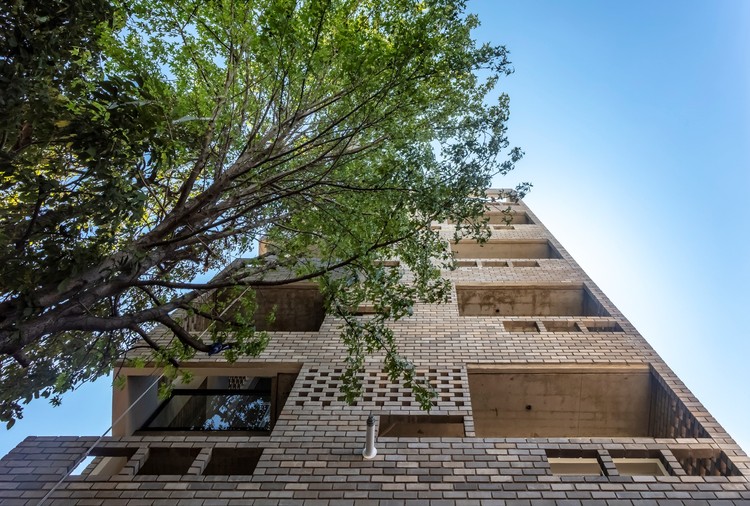
-
Architects: Arqtipo
- Area: 17114 ft²
- Year: 2019
-
Photographs:Federico Kulekdjian
-
Manufacturers: Aserradero Vagol, Calderas TRIANGULAR, Carpinterías CONSTRUSER ALVEAR, Corralón Tramontana AST, Hormigón elaborado ING. CASAS, Pisos PATAGONIA FLOORING, Pisos y Revestimientos NOI, Sanitarios San Martín
-
Lead Architects: Diego Aceto, Darío Litvinoff, Paola Castelnuovo

Context
The LL 2474 building assumes an interstitial condition proposing morphological operations that articulate it in a context that is in continuous transformation.

























.jpg?1555590950)
.jpg?1555590939)
.jpg?1555590975)
.jpg?1555590963)
.jpg?1555590992)
.jpg?1555591009)
.jpg?1555591020)
.jpg?1555591035)
.jpg?1555591049)
.jpg?1555591061)
.jpg?1555591071)
.jpg?1555591082)
